Review: Rambert Triple Bill celebrates modern dance that stands out from the crowd
- Written by Louise Rhind-Tutt
- Last updated 5 years ago
- Ballet, City of Salford, Culture, Theatre
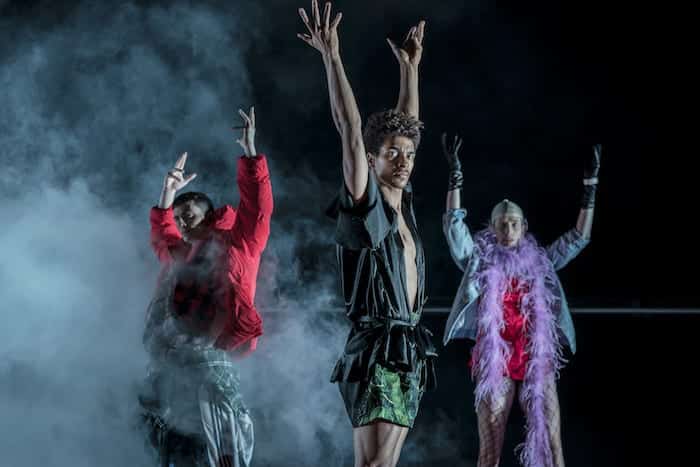
Rambert is one of the world’s leading independent dance companies, known for radical, thought-provoking, inspiring and entertaining pieces.
The name is synonymous with diverse and international programming, and their aim is to make dance accessible and relevant to a modern audience. It’s dance that stands out from the crowd. And it’s dance that matters.
The Rambert Triple Bill currently at The Lowry offers the chance to see early works by Wayne McGregor and Hofesh Shechter, along with a new hip-hop influenced piece by rising star Marion Motin. They’re all breakthrough pieces.
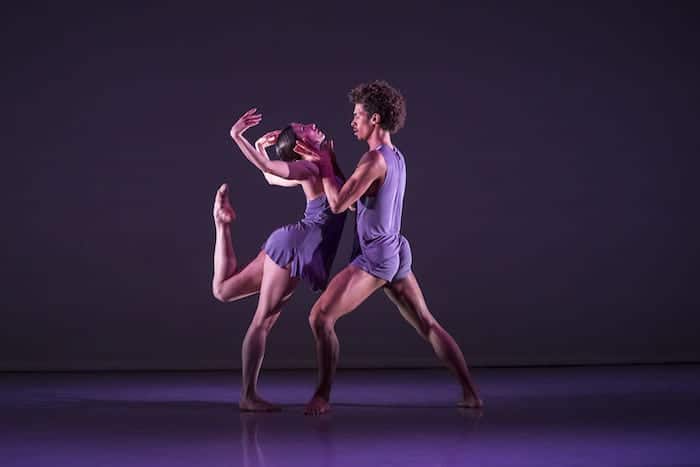
And the chameleonic performers are not just dancers, they’re artists.They have stories to tell.
The bill opens with PreSentient, which was originally commissioned in 2002. It’s set to Steve Reich’s Triple Quartet, a relentless, airless, driven piece, the dancers responding to the changing tones.
The razor-sharp moves are animalistic and jutting and then slow and sensuous, the bodies twisting against Lucy Carter’s lighting, which shapes the space with thick geometric lines.
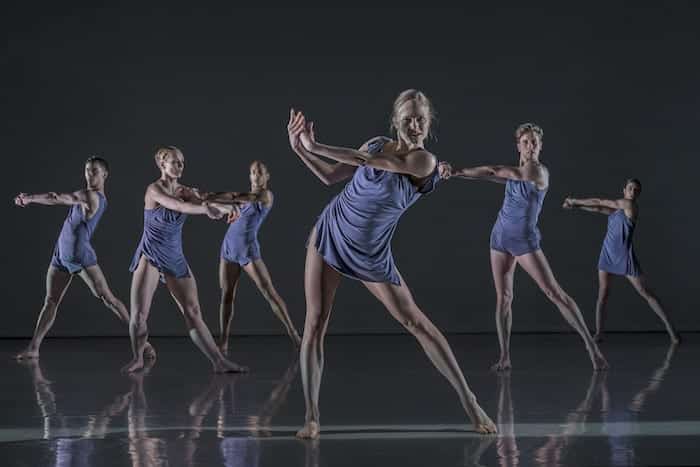
Wayne himself described the dancers as a “graphic alphabet, a grammar and syntax of violent physicality that battles with claustrophobic choreographic structures to create a sense of unresolved, restless apprehension. A premonition perhaps.”
It sets the tone for the second piece, Rouge, which premiered at Sadler’s Wells earlier this year and which poses several questions. How do you keep going when the only thing you have is yourself? When your building is burning in the middle of the night, what do you take with you?
It certainly packs a punch, opening with musician Rubén Martinez on-stage cutting through the silence with wailing, throbbing guitar. The dancers, dressed in fur and sportswear, cowboy boots and heels, rise and fall through the dry ice.
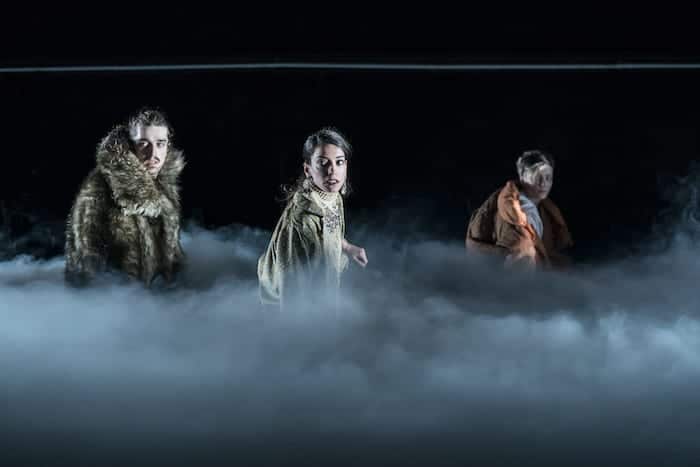
As they rise together they strip down to leaner costumes. Choreographer Marion Motin’s background is hip-hop and pop, and the ensemble piece is full of the frenetic energy of a music video.
With hundreds of millions of YouTube views for her videos for Christine and the Queens and Dua Lipa, she has never worked with a contemporary dance company, until now.
The lighting, by Judith Leray, positions the dancers between racing neon tubes of light, an effect which becomes hypnotic as the movements gather pace.
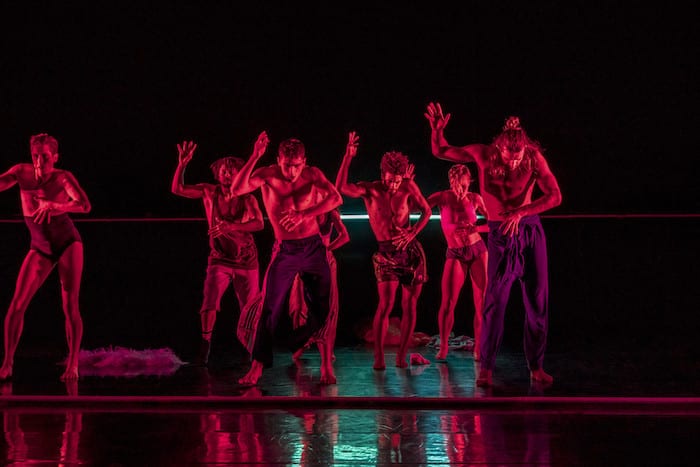
The triple bill concludes with Hofesh Schecter’s In Your Rooms, a work which premiered in 2007 and made a name for the groundbreaking choreographer.
The gritty but exhilarating piece questions everything, including its own structure. “I can do better than that,” comes the voice of Hofesh through the darkness in a dreamlike audio recording. Then, “No, I can’t.”
The dancers sometimes move in repetitive, vigorous, focused union, crouched low and machine-like, and sometimes as individuals, highlighting their vulnerability.
“Don’t follow leaders,” flashes a sign. “Follow me.”
The musicians play the choreographer’s string-and-drum-heavy score live on stage, raised above the dancers. It makes for a magical, other-worldly atmosphere.
The whole performance is haunting yet heart-poundingly intense, and it’s easy to see why Hofesh, the folk dancer and rock musician from Israel, is regarded as one of the most exciting artists making stage work today.
Modern dance fans shouldn’t miss the opportunity to catch the Rambert Triple Bill.
It’s a chance to see where some of the most significant choreographers in contemporary dance have come from. And it also offers a glimpse of what the future might hold.
The Rambert Triple Bill is at The Lowry until Friday 1st November.
- This article was last updated 5 years ago.
- It was first published on 31 October 2019 and is subject to be updated from time to time. Please refresh or return to see the latest version.
Did we miss something? Let us know: press@ilovemanchester.com
Want to be the first to receive all the latest news stories, what’s on and events from the heart of Manchester? Sign up here.
Manchester is a successful city, but many people suffer. I Love Manchester helps raise awareness and funds to help improve the lives and prospects of people across Greater Manchester – and we can’t do it without your help. So please support us with what you can so we can continue to spread the love. Thank you in advance!
An email you’ll love. Subscribe to our newsletter to get the latest news stories delivered direct to your inbox.
Got a story worth sharing?
What’s the story? We are all ears when it comes to positive news and inspiring stories. You can send story ideas to press@ilovemanchester.com
While we can’t guarantee to publish everything, we will always consider any enquiry or idea that promotes:
- Independent new openings
- Human interest
- Not-for-profit organisations
- Community Interest Companies (CiCs) and projects
- Charities and charitable initiatives
- Affordability and offers saving people over 20%
For anything else, don’t hesitate to get in touch with us about advertorials (from £350+VAT) and advertising opportunities: advertise@ilovemanchester.com

Now you can own a piece of TV history and support a much loved NHS Charity

The welcoming Manchester community where board games build friendships

Everything you need to know about the St George’s Day Parade 2025

Best bars and pubs to watch the football and live sport in Manchester

Discotheque Royale vs Piccadilly 21s: which was your favourite 90s Manchester club?
















